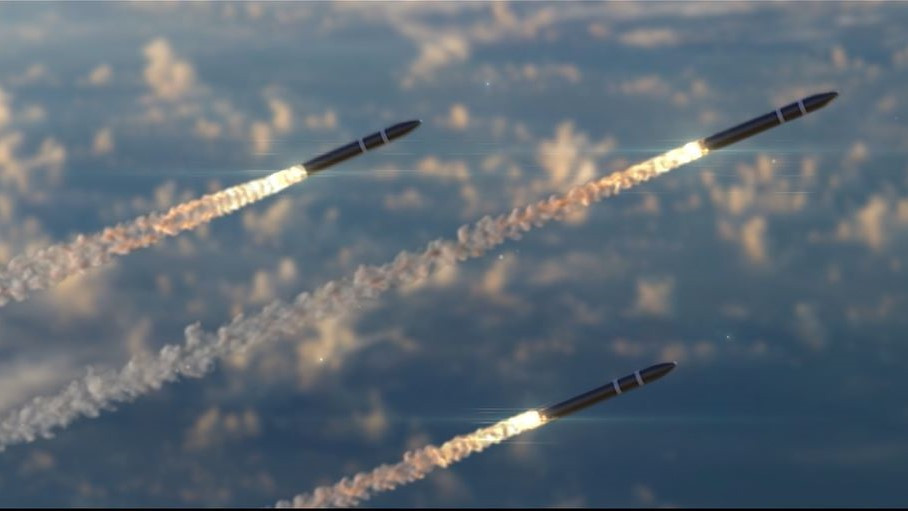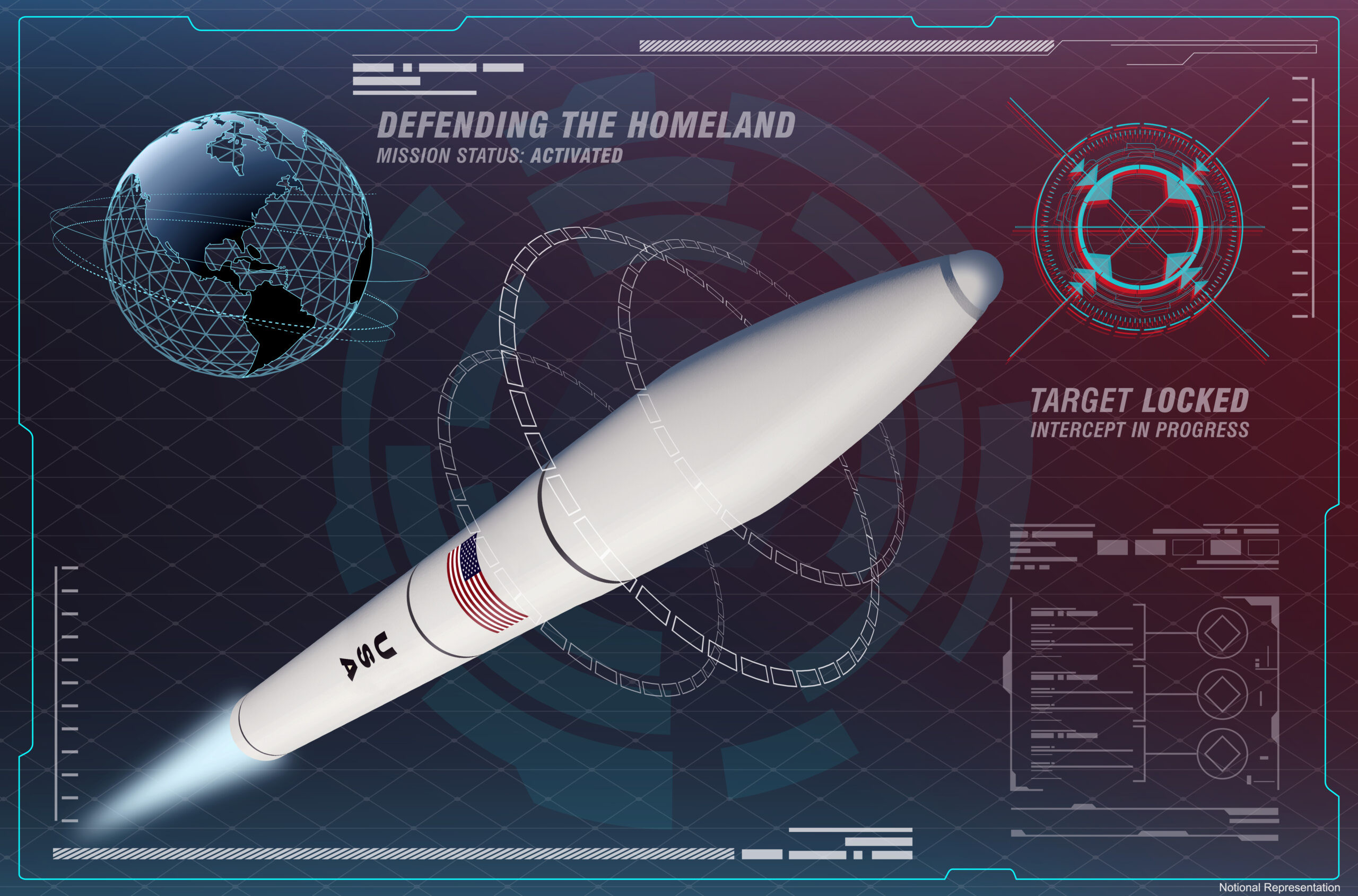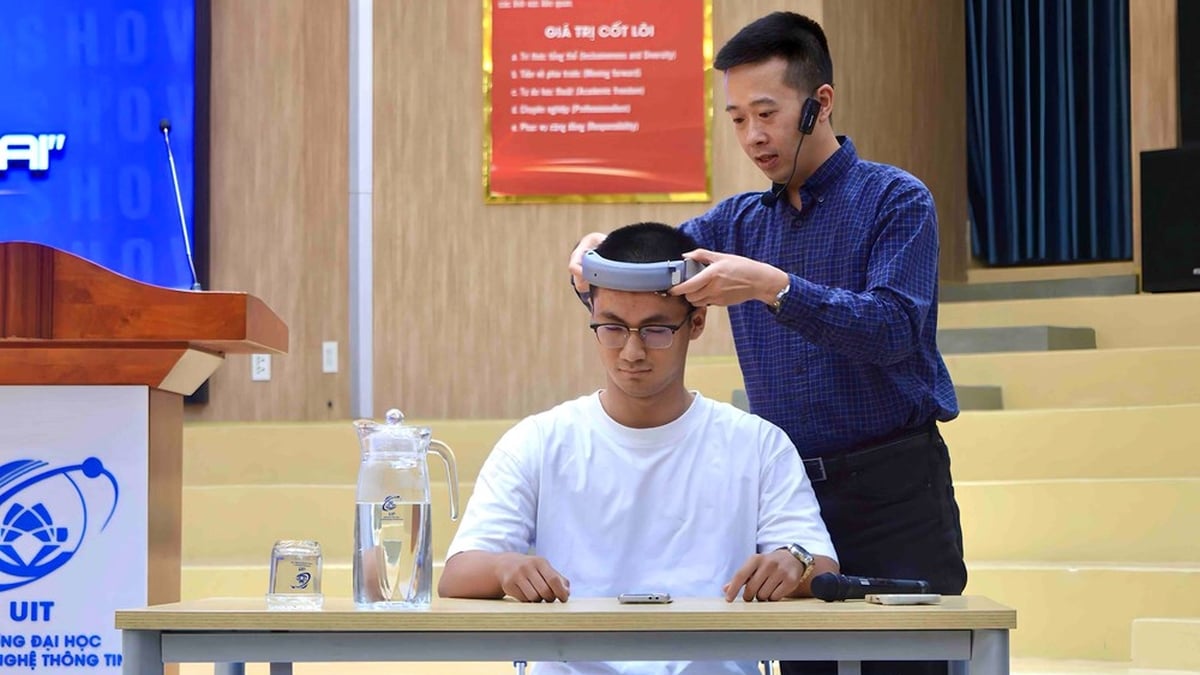Leaked top secret intelligence documents from the Joint Chiefs of Staff's Intelligence Directorate (US) show that a new medium-range hypersonic ballistic missile was successfully tested earlier this year.
The new ballistic missile, called the DF-27, was developed and tested by China. According to a 2021 report by the US Department of Defense , the missiles under this project have a range of 5,000 to 8,000 km. However, it is noteworthy that the new generation missile is equipped with “hypersonic glide” technology - the ability to evade the most modern hypersonic interception systems today.
Chinese scientists say the “heart” of this technology is based on a simple algorithm that can analyze the trajectory of interceptor missiles, thereby helping the attacking missile improve its ability to overcome the defense system.
Hypersonic attacks at eight times the speed of sound, known as Mach 8, were simulated using computer models, showing that the method could help hypersonic missiles avoid interception while using minimal computational resources, according to a paper published in the journal Control and Simulation last month.
Decades old algorithm
Overcoming missile defense systems is a challenging task because the heat seeker in a hypersonic weapon can only detect an interceptor missile from a distance at a limited angle of view, and this often does not provide enough information to accurately determine the location of the interceptor missile.

“You can visualize it, but you can't be sure exactly where it is,” said one space scientist, who asked to remain anonymous.
Meanwhile, the “hypersonic glide” technology is based on Multi-Model Adaptive Estimation (MMAE) – a statistical algorithm commonly used in control systems engineering to make estimates when observations are incomplete or inaccurate. MMAE has been around for decades and is used in a variety of applications, including missile defense.
While other researchers have proposed using AI to solve complex problems in hypersonic missile defense, the MMAE engineering team argues that this older approach still works well if properly tweaked.
Military researchers say information about missile defense systems, such as radar stations, launch locations, propellants, and even the model of the rocket engine used by the interceptor missile, can be gathered. But the key to neutralizing a hypersonic missile intercepting a target is figuring out what mathematical model it is using to attack.
MMAE, once tuned, can determine these patterns, as well as certain secret design parameters of an enemy interceptor missile within 10 minutes of launch and estimate its trajectory with an accuracy of 5 meters.
The Supersonic Race
The development of hypersonic weapons has been a major focus for both China and the United States in recent years, as they are seen as potential game-changers in modern warfare. But it also has the potential to spark an arms race as the two sides try to outsmart each other.

Washington has prioritized military spending on developing new defenses against hypersonic weapons. The Next Generation Intercept (NGI), for example, will be equipped with interceptors that are faster, more maneuverable and more reliable than their predecessors designed to destroy ballistic missiles.
The NGI missile is designed to be launched from a ground-based silo, using its own sensors to locate and track incoming hypersonic missiles. It would then use an advanced guidance system to destroy the target in space.
Major defense contractors including Boeing, Lockheed Martin, Raytheon and Northrop Grumman have joined the NGI program, with total investments reaching billions of dollars.
But other experts have warned that the race to develop hypersonic missiles and other advanced weapons systems has the potential to undermine the effectiveness of existing missile defenses and increase the risk of miscalculation or unintended escalation.
(According to Washington Post, SCMP)
Source



































































































Comment (0)